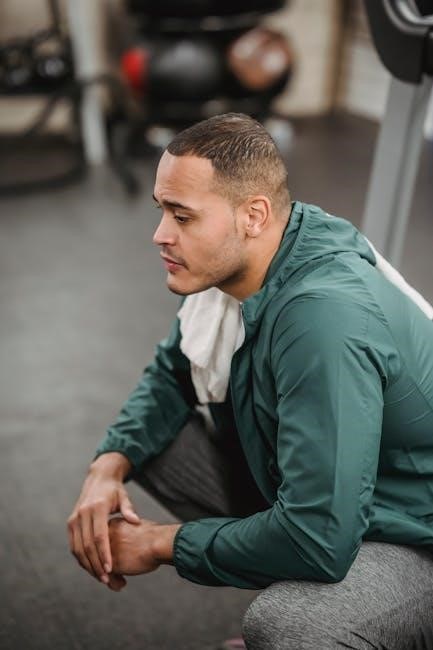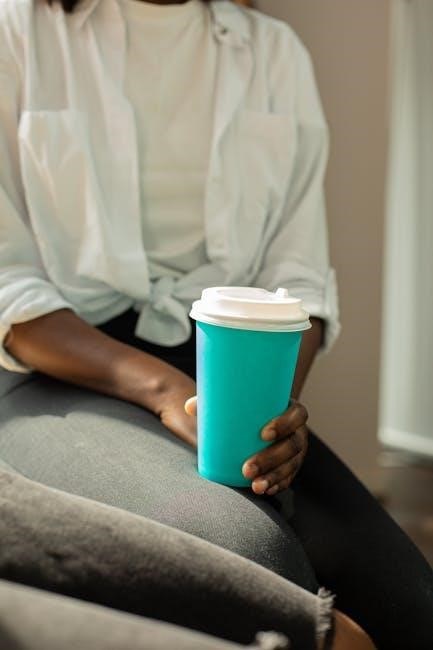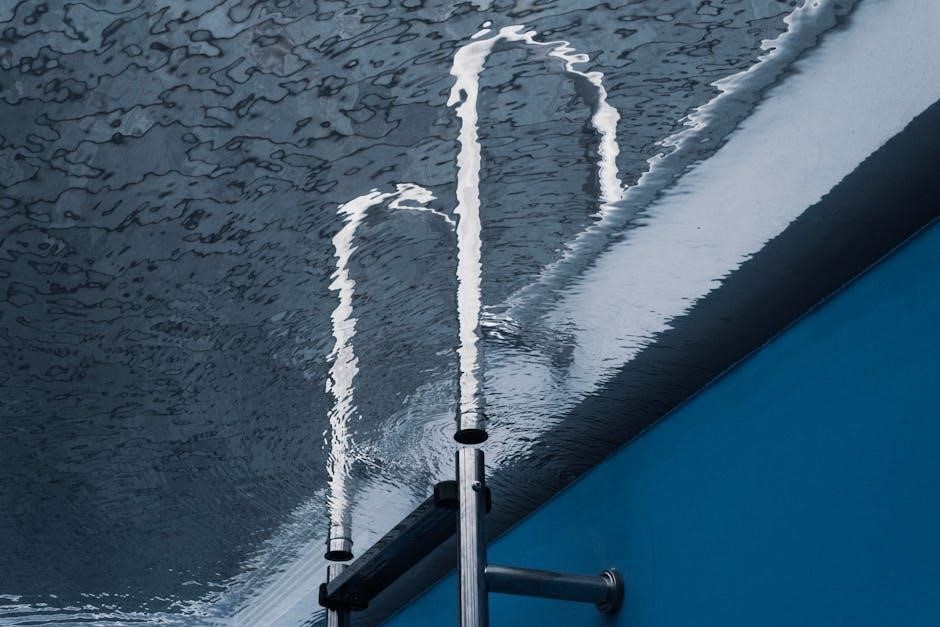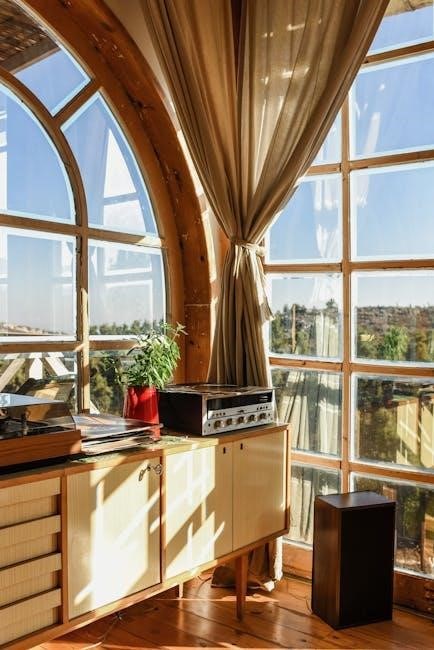Pant breaks refer to the creasing or folding at the bottom of trousers where the fabric meets the shoes. This menswear detail is influenced by pant length and fabric weight, creating a polished look that enhances overall style and sophistication.

Types of Pant Breaks
Pant breaks are categorized into three main styles: no break, half break, and full break. A no break features pants that lie straight against the shoes without creasing. A half break has a slight crease, while a full break offers a more pronounced fold for a classic look.
No Break
A “no break” style means the pant legs lie flat against the shoes without any visible creasing or folding. This sleek, modern look is ideal for slim-fit trousers and jeans, creating a seamless line from waist to shoe. It’s popular in contemporary fashion, offering a clean, minimalist aesthetic that avoids bulkiness. Achieving a no break requires precise measurements to ensure the hem just grazes the top of the shoe, preventing fabric from pooling or draping excessively. This style is often favored in formal and semi-formal settings, where a streamlined appearance is desired. However, it may not suit all body types or shoe styles, as it can sometimes appear too tight or restrictive. Proper tailoring is essential to maintain comfort and ensure the pants drape naturally without wrinkling. The no break is a sophisticated choice for those seeking a sharp, modern silhouette in their wardrobe;
Half Break
A half break is a popular choice for its balanced, versatile appearance. It occurs when the pant hem rests slightly on the shoe, creating a subtle crease or fold at the bottom of the leg. This style offers a compromise between the sleekness of a “no break” and the classic look of a “full break,” making it suitable for both formal and casual settings.
The half break is achieved when the pant length allows the fabric to drape gently over the shoe, typically reaching just below the top of the heel. This creates a soft, natural fold that adds texture to the silhouette without overwhelming the outfit. It is particularly flattering with dress shoes, as it complements the shoe’s design while maintaining a polished look.
This break is ideal for those who prefer a modern yet timeless style. It works well with various pant styles, including slim-fit, straight-leg, and slightly tapered designs. The half break is also versatile enough to suit different occasions, from business meetings to social gatherings, making it a practical choice for many wardrobes.
Full Break
A full break is characterized by a more pronounced crease or fold at the bottom of the pant leg, resulting from the hem resting fully on the shoe. This style creates a classic, elegant appearance and is often associated with traditional menswear.

In a full break, the fabric folds over the shoe, forming a deeper crease that adds texture to the lower half of the leg. This break is particularly flattering with heavier fabrics and more structured pant styles, such as those with wider legs or formal designs.
The full break is a timeless choice that works well for formal occasions like weddings or business meetings. It pairs seamlessly with oxford shoes, loafers, or brogues, as the fold complements the shoe’s design. However, it may not be ideal for slim-fit pants, as the extra fabric can create a bulky look.
Overall, the full break offers a sophisticated and polished aesthetic, making it a popular choice for those who prefer a traditional, refined look in their wardrobe.

How to Measure and Determine Ideal Pant Length
Measuring and determining the ideal pant length is crucial for achieving the perfect break. Start by trying on pants with the shoes you plan to wear, as footwear height significantly impacts the break. Stand upright and ensure the pants are properly fitted around the waist.
The ideal length is when the hem of the pants falls just above the shoe, creating a subtle crease or fold. For a no break, the hem should graze the top of the shoe. A half break allows the hem to sit slightly below the shoe, creating a moderate fold. A full break, the most traditional option, results in a deeper crease as the hem rests fully on the shoe.
To measure accurately, have someone mark the desired hem length while the pants are on. Alternatively, use a mirror to assess the break visually. Consider the fabric weight, as heavier fabrics may require a slightly shorter length to prevent excessive bunching.
Ultimately, the ideal pant length balances comfort, style, and the desired break. It’s advisable to consult a tailor for precise alterations, ensuring the pants drape perfectly and create the intended aesthetic.

The Role of Fabric Weight in Pant Break
Fabric weight plays a significant role in determining the ideal pant break, as heavier fabrics tend to drape differently than lighter ones. Lighter fabrics, such as wool or linen, naturally create a softer, more relaxed break due to their ability to drape elegantly over the shoe. In contrast, heavier fabrics like denim or tweed hold their shape more rigidly, resulting in a crisp, defined crease.
When choosing pants, consider the fabric’s weight and how it interacts with the desired break. Heavier fabrics may require a slightly shorter inseam to prevent excessive bunching at the bottom, while lighter fabrics can afford a bit more length without looking bulky. For example, a full break is often more flattering in heavier fabrics, as they create a clean, tailored line. Conversely, a half or no break works well with lighter fabrics for a sleek, modern appearance.
Ultimately, the fabric’s weight and texture should guide the decision on pant length and break style, ensuring a harmonious balance between comfort, aesthetics, and functionality.

How Shoes Influence Pant Break
The choice of footwear significantly impacts the pant break, as shoes dictate how the fabric folds and creases at the bottom of the trousers. The height and thickness of the shoe heel, as well as its design, play a crucial role in achieving the desired break.
Dress shoes, such as oxfords or loafers, typically create a clean, defined break due to their streamlined shape and moderate heel height. Boots, especially those with thicker soles, can create a more dramatic break, as the pant fabric folds naturally over the boot’s top edge.
Sneakers, with their softer, bulkier designs, often result in a more relaxed break, as the fabric tends to bunch slightly around the shoe. The overall aesthetic should balance the shoe’s style with the pant’s break for a cohesive look.
For instance, a full break pairs well with formal shoes, while a half or no break complements casual footwear like sneakers. Understanding how shoes influence the break ensures a polished, tailored appearance tailored to any occasion.

Choosing the Right Break for Different Occasions
Selecting the appropriate pant break depends on the event, personal style, and the outfit’s formality. For formal events, such as weddings or business meetings, a full break is ideal, as it creates a polished, sophisticated look that complements dress shoes.
In business casual settings, a half break strikes the perfect balance between style and comfort, pairing well with loafers or dress boots. It offers a clean appearance without being overly formal.
For smart casual occasions, like dinner dates or social gatherings, a half break or slight full break works well, allowing versatility with footwear ranging from sneakers to leather shoes.
Casual outings, such as weekend errands or relaxed gatherings, can embrace a no break or minimal break, especially when wearing jeans or chinos with sneakers, for a modern, streamlined look.

Ultimately, the break should align with the event’s dress code and the desired aesthetic, ensuring a balanced and stylish appearance tailored to the occasion.

Maintenance Tips After Alterations
After altering your pants to achieve the perfect break, proper maintenance is essential to preserve the look and longevity of your trousers. Start by steaming the pants instead of ironing, as direct heat can damage the fabric or alter the break. Avoid using harsh chemicals or excessive detergent, as they can weaken the material over time.
Hang your pants on a sturdy hanger to maintain their shape and prevent creases from forming in unwanted areas. For storage, fold them neatly or hang them in a cool, dry place away from direct sunlight to avoid fading or wrinkling.
Regularly inspect the hem and break for signs of wear or fraying. If minor adjustments are needed, consult a professional tailor to ensure the alterations are done correctly. Avoid over-drying or stretching the fabric, as this can disrupt the break and fit.
By following these maintenance tips, you can keep your pants looking sharp and maintain the desired break, ensuring a polished appearance for years to come.



